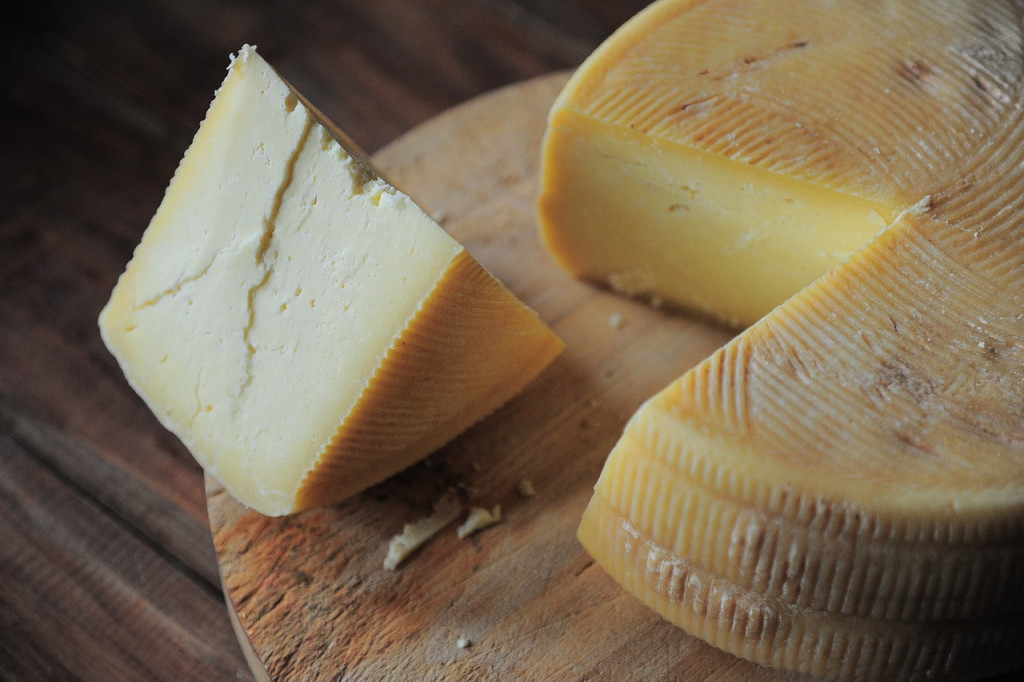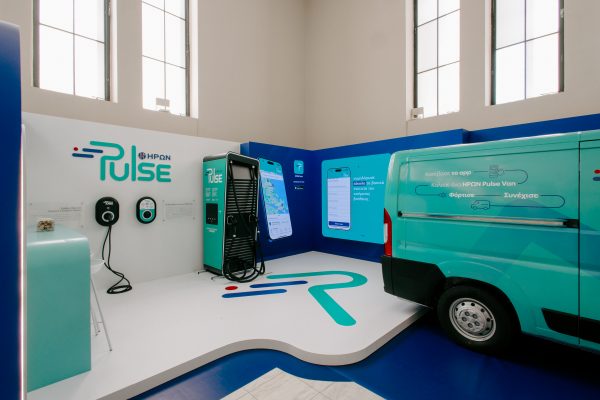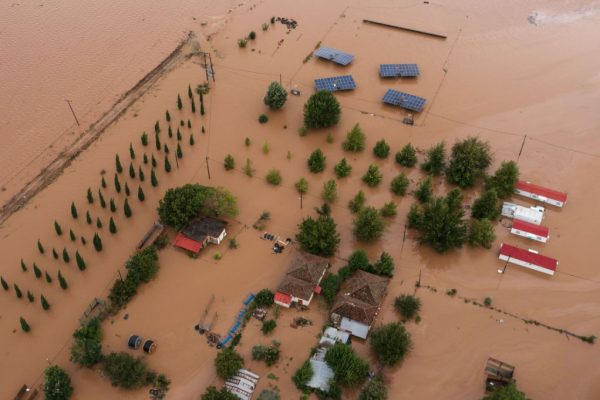
The final stretch of the procedures followed by the Region of Epirus for the recognition of the traditional cheese “Kaskavali Pindos” as a Protected Geographical Indication (PGI) product.
Specifically, on May 17, the “approval” notice of the PGI was published in the European Union’s newspaper, for the “Kaskavali Pindos”, with a three-month margin for submitting any objections before the final approval.
The research program was carried out by the Agricultural Products Technology Institute – Dairy Department of Ioannina (Dairy School).
View the traditional product
The Region of Epirus, after this positive development, proceeds – in collaboration with restaurants – to promote the traditional product through the production of flavors.
On the occasion of the initial inclusion of the product in the PGE products, the regional governor Mr. Alexandros Kahrimanis pointed out that the Kaskavali is a local quality product produced in the area by nomadic breeders.
Continuing, he informed about the initiative underway by about 25 local restaurants to produce recipes based on Kaskavali.
He also explained that the “kaskavali” with the designation PGI will be produced throughout Epirus and in the neighboring prefectures of Thessaly and Western Macedonia bordering Pindos.
What is Kascavali or Kascaval?
“Kaskavali Pindou/Kaskaval Pindou” is a semi-hard cheese, whitish to pale yellow in color, cylindrical or block-shaped.
It is prepared using the technique of heated sheep’s cheese mass or a mixture of sheep’s and goat’s milk (always goat’s in a ratio of less than 35%), using a special technique developed and spread by the Vlach-speaking nomads-breeders of the Balkans, driven from the regions of central northern end of the Pindos mountain range.
The cheese requires a total preparation-ripening period of about 90 days to be ready for consumption. The characteristics of the product are due to the high fat content and the rich aromas of the milk of the designated area, but also to its traditional cheese-making technique, which requires the processing of the cheese mass to be done in two distinct stages. Thus, it is possible to directly process the milk produced in the summer at the mountain altitudes, where there are no cheese-maturation facilities.
Latest News

Economist: Greece Included in the Best Performing Economies in 2024
Meanwhile, Northern European countries disappoint, with sluggish performances from the United Kingdom and Germany.

EasyJet Expands Its Routes from Athens
The airline’s two new routes will be to London Luton and Alicante and they will commence in summer 2025.

Capital Link Forum Highlights Greece’s Economic Resurgence; Honors BoG Gov Stournaras
Capital Link Hellenic Leadership Award recipient, Bank of Greece Gov. Yannis Stournaras, an ex-FinMin, was lauded for his pivotal role during Greece’s economic recovery

Tourist Spending in Greece Up by 14%, Visa Card Analysis Shows
Greece’s capital Athens emerged as the most popular destination, recording a 17% increase in transactions with Visa cards, surpassing even the cosmopolitan island of Mykonos.

Inflation in Greece Unchanged at 2.4% in Nov. 2024
The general consumer price index (CPI) posted a 0.4% decrease in November compared to the previous month

2024 Christmas Holidays: Extended Shop Hours Schedule
The 2024 Christmas Holidays extended shop hours schedule commences on Thursday, December 12 and runs until the end of the year.

ELSTAT: Seasonally Adjusted Unemployment Down in October
The number of employed individuals reached 4,284,694, an increase of 67,723 compared to October 2023 (+1.6%) and 22,002 compared to September 2024 (+0.5%).

Greek PM’s Chief Economic Adviser Resigns
In the post on his Facebook page, Patelis did not disclose the reasons that led him to step down.

“Masdar Invests in the people of Greece and in the vision of TERNA ENERGY”
Four messages from the CEO of Masdar, the Arab renewable energy giant, after its acquisition of 70% of TERNA ENERGY

Lloyd’s List Greek Shipping Awards 2024: Honors for leading companies and personalities in the Greek shipping sector
20 awards presented at the 21st annual Lloyd's List Greek Shipping Awards










































 Αριθμός Πιστοποίησης Μ.Η.Τ.232433
Αριθμός Πιστοποίησης Μ.Η.Τ.232433